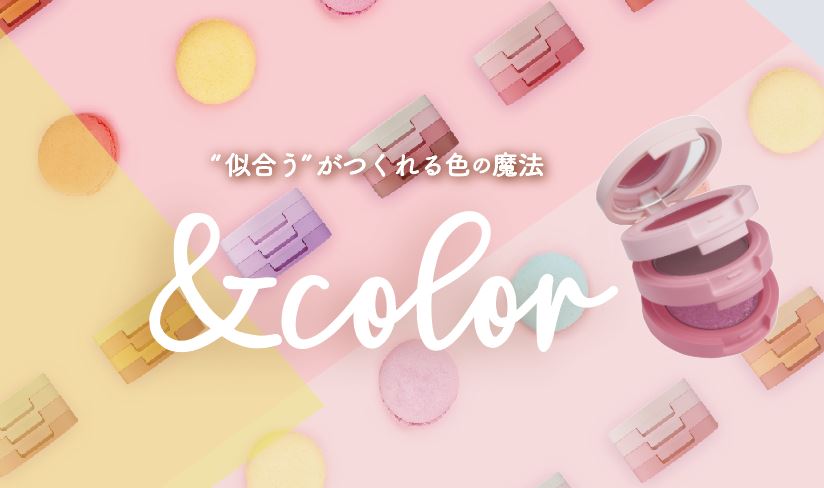About MITSUROU WRAP
The Kyoya Dyestuff store is working to create a sustainable society. Sustainable means “sustainable” and “can continue for a long time,” and efforts are being made as a global goal.
The Kyoya dye store has seven items in the SDGs “Sustainable Development Goals” (*17 international goals from 2016 to 2030, consisting of 17 goals to achieve a sustainable world and 169 targets). I got the certification.
This time, we will release beeswax wrap made of materials that do not use plastic products as one of our sustainable manufacturing efforts.
The beeswax wrap fabric is made of organic cotton hand towel fabric hand-dyed by craftsmen at a factory that has acquired the Oeko-Tex Standard 100 process certification. We made the dyed fabric that I was particular about, soaked with natural beeswax from Iwate prefecture, wood resin used in foods, and organic jojoba oil. We carefully manufacture all the processes one by one.
Beeswax has antibacterial and moisturizing effects, so you can wrap it with confidence while keeping the food fresh.
It can be washed and used many times, and if you use it carefully, it will also function as a wrap for a long time.
Since it uses materials derived from nature, it is an eco-friendly wrap that can be returned to the soil after use.
* Beeswax: A “wax” taken from a beehive.

| Product name: |
“MITSUROU WRAP” |
| Size: |
Approximately 35 x 35 cm (there may be some error depending on the product) |
| Product: |
Fabric: 100% cotton (GOTs certification: Organic cotton Tokuoka fabric)
Beeswax: Natural beeswax from Iwate Prefecture
Organic jojoba oil, resin blend used as food additive |
| Specification: |
1 piece, can be washed and used repeatedly, can be cut and used. |
| Price: |
2,500 yen (excluding tax) |
Purchase page
lineup
[ume-bachi-kikko]
The hexagonal honeycomb is a pattern called “Kameko” in Japanese traditional pattern. As its name suggests, it is a Kichisho pattern that overlays the image of the turtle shell and wishes for longevity. The pattern in which the same shape is continuous has a lasting meaning, and can contain a “wish for long-lasting longevity”. Into the tortoiseshell pattern, we put a “Umebachi” which is a symbol of Japanese “Ume” into a pattern. Ume, which is fragrant in the cold winter, represents nobility. A design with various shapes and wishes such as plums, bees, and turtle shells.

ume-bachi-kikko
【iwate no yamayama】
“Iwateyama”, an active volcano in the northwestern part of Iwate Prefecture, “Hayaike Mineyama” that appeared in Kunio Yanagita’s “Tono Monogatari” and still retains mountain beliefs and myths, and is located on the border between Iwate Prefecture and Akita Prefecture Mountain “Hachimantai”, Kamaishi City in Iwate Prefecture, Ofunato City, Sumita Town, “Gyoyoyama” which is also selected as one of the three hundred famous mountains in Japan, and the shape of a triangular pyramid that faces Iwate Mountain across the Kitakami River is beautiful. “Mt. Himegami” Located in Hachimantai, Iwate Prefecture, “Mt. Iwate,” which is counted as “Iwate Sanzan,” together with Mt. Iwate and Mt. Hayachine. The six mountains that surround the land of Iwate are striped. The color is fresh green. The shape and height of each mountain are different, but which line is which mountain? Those who like it may notice.
Wrap the ingredients from the earth in the mountains surrounding the earth. Please use it with such an image.

iwate no yamayama
【ichimatsu-nabana】
“Nanohana”, a city flower in Ichinoseki City, where the Kyoya dye shop is located, has a checkered pattern. The Ichimatsu pattern is a traditional pattern that has been loved since the Edo era, and since it continues without interruption, it has the meaning of prosperity. The dyeing at the Kyoya dye shop is performed by a technique called “printing”.
Since the plates are dyed differently for each color, we usually put a white edge between the colors so that the colors do not mix, but this time we use the method called “Butting” to dye the white edge. I took advantage of the fun of bleeding. We hope that you will be able to help decorate your dining table with the different interesting bleeding and the gentle and bright shades of rape.

ichimatsu-nabana








































